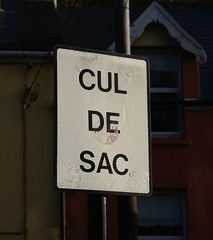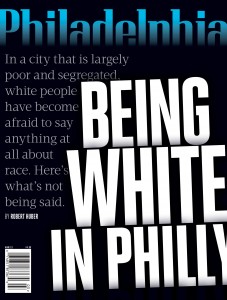
Cul-de-sacs, long the scourge of urban planners and often imagined as markers of suburbia, social isolation, and, well, bowling alone, may actually increase social cohesion among neighbors. That is the conclusion that Thomas Hochschild, a sociologist at Valdosta State University, draws from his research on 110 homes in demographically comparable Connecticut communities.
He conducted interviews with sets of homes around bulb cul-de-sacs, dead end cul-de-sacs, and through streets and found that people living around bulb cul-de-sacs are more likely to know their neighbors, spend time with them, and borrow or lend food or tools to them, even when controlling for such variables as income, number of children in a household, and the length of time that a family had lived there.
It may be that the features of cul-de-sacs which so aggravate civil engineers – the decreased walkability and the lack of efficient traffic circulation through neighborhoods – are just what promote neighborliness among the people living there. It’s just easier for people to gather outdoors or let their children play outside without cars whizzing past.
Hochschild suggests that, if designed with urban planning considerations in mind, cul-de-sacs will be a critical part of improving the livability of communities. “I’m concerned about the breakdown of community and of society… I wouldn’t claim that cul-de-sacs are a panacea, a cure-all for community problems we’re facing. However, I think that it’s a piece of the puzzle.”



